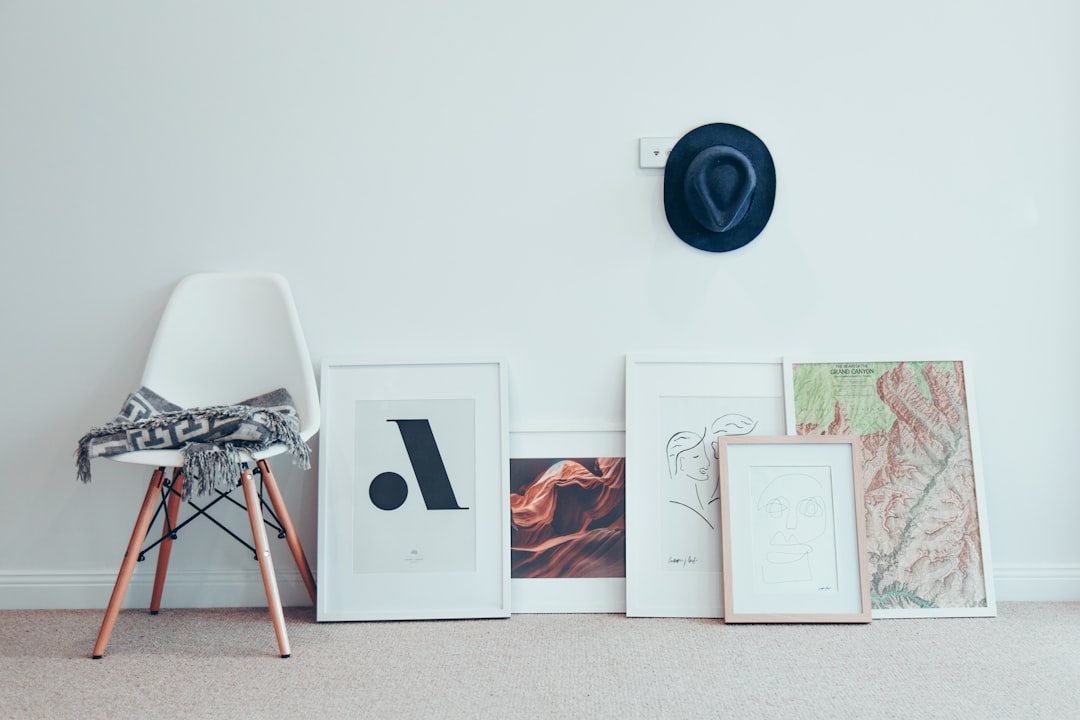In the ever-evolving landscape of art, the fusion of technology and creativity has ushered in a new era where artificial intelligence (AI) plays a pivotal role. The integration of AI into the art world is not just transforming traditional techniques but is also creating a new paradigm of aesthetic expression. This article dives into how AI is not merely a tool but a collaborator, expanding the horizons of artistic creation and challenging our understanding of artistry.
The Intersection of AI and Artistic Creation
The collaboration between artists and AI often begins with the artist inputting initial ideas, sketches, or parameters into an AI system. These systems, equipped with machine learning algorithms, then process the inputs to generate outputs that can either be final pieces or serve as inspirations for further human refinement. This partnership enables the creation of complex, intricate works that might be beyond the scope of human capability alone, allowing artists to explore new realms of creativity.
AI as a Medium and Muse
AI is unique in that it serves both as a medium and a muse. Programs like Google’s DeepDream and Artbreeder allow creators to generate surreal landscapes and dream-like images that are distinctly different from human-derived art. These tools use algorithms to modify images in ways that emphasize certain aesthetic qualities, creating visuals that are both alien and familiar, and challenging our notions of what art can be.
Ethical Considerations in AI-Generated Art
As AI continues to make strides in the art world, it raises significant ethical questions. Issues such as authorship, originality, and the value of art are thrust into the spotlight. When an AI creates a piece of art, who is the true artist? Is it the creator of the AI, the operator of the system, or the AI itself? These questions challenge traditional views on creativity and ownership in the art world.
AI in Art Education and Therapy
Beyond creation, AI is making impactful contributions to art education and therapy. AI-driven programs can customize learning experiences to individual needs, offering a more accessible and personalized approach to art education. In art therapy, AI can help therapists analyze art created by patients, providing deeper insights into their emotions and helping guide therapeutic approaches.
The Future of AI in Art
Looking forward, the potential of AI in art is boundless. As technology advances, so too will the capabilities of AI to collaborate with artists and create works that are increasingly complex and meaningful. The continued development of AI in art promises not only to enhance the way art is made and viewed but also to influence the very definition of what it means to be creative.
The integration of AI into the art world is a testament to the limitless possibilities of what can be achieved when human ingenuity combines with advanced technology. As we stand on the brink of this new artistic frontier, it becomes increasingly clear that the future of art will be characterized by a harmonious blend of human emotion and machine precision.







